Why is it important to create different ad assets for different social media platforms? In her first blog post, Amy Cox shares why what works for users on TikTok just won't do for Pinterest.
WHY BRANDS NEED TO CREATE DIFFERENT ADS FOR EACH SOCIAL MEDIA PLATFORM
Paid social might not be the first thing you think of when someone mentions social media marketing, but, when used right, it is an essential part of building an audience and driving conversions. Just as with organic social strategies, in a successful paid social media strategy, each channel will be approached in a way that will resonate with its audience.
The world of Social Media is constantly evolving and so are consumer behaviours off the back of this. We’re past the days where we can have one asset which can be utilised across platforms. Users are coming to platforms for different reasons, and due to this, brands should be creating bespoke content for each.
How has social media changed over time?
Social media used to be a place where you would post things about your life and connect with friends and family. Nowadays, due to the growth of the amount of social media platforms, users are using each for different reasons. There’re always those memes floating around about how your profile picture is different on each platform, and that’s because it’s so relevant (and relatable!).
For instance, TikTok is a newer platform which is a sound on, entertaining environment where some users just come to watch and don’t actually post anything themselves. Whereas Pinterest is a place for discovery – your own virtual pin board to explore and save for future reference. Although Facebook has been around for a long time, it’s been able to keep up with ongoing trends whereby it bought Instagram in 2012 and introduced Stories in 2016. The most recent thing Facebook have done is introduce Instagram Reels off the back of TikTok’s fast growth over 2020, and now users often post their TikTok content to Instagram Reels. Let’s take a look at how these platforms differ in terms of the content a brand should be promoting.
How can I create ads for Facebook & Instagram?
Facebook and Instagram now allow for asset customisation per placement, which means one ad can run across multiple placements to best practice by allowing for specific assets to run across each one. For instance, when promoting a 4:5 video, you can include a vertical format (9:16) which will run on Stories – aligning with native content. In this example, you could also include a static square thumbnail which would run in messenger inbox – as videos can’t run here. This means you’re able to reach users in placements you may have missed out on before – and therefore missed potential opportunities.
Kayak are a brand that really made this work for them. As they'd already had great results from using vertical formats, Facebook suggested they try customising one ad across multiple placements. The result was a high quality ad that sat natively across Facebook, Instagram and Stories.
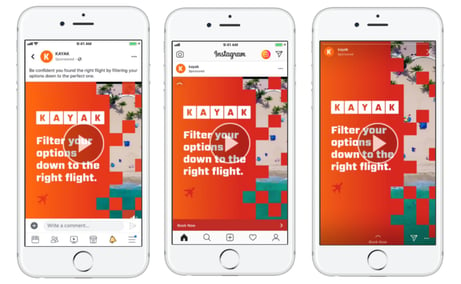
Within your Facebook and Instagram strategy, it’s best practice to run a mix of ads comprising of static and video content, as this has seen increased performance against the main KPIs. It’s important to remember that you should create specific content for Stories and not just resize the asset to a vertical format. On Stories, you’re unable to include ad copy when promoting a vertical asset, and therefore you should include specific messaging within the asset itself in order to not lose any messaging.
In terms of content, influencer content works well – especially on Instagram – and can lead to increased engagement. This is content users can relate to and will therefore trust a brand if they see an influencer that they follow promoting a product/offer. Strong product lead content also works well here, and can often compliment any TV ads, as a lot of users will often jump on social media whilst watching TV.
What makes a good Pinterest Ad?
However, these assets that are included on Facebook and Instagram will not be best practice for the likes of Pinterest. Pinterest is a visual platform where users are coming to discover, and where you’re able to reach users early in their consumer journey. Macy has previously highlighted how key Pinterest is in building brands on social media and why it’s crucial to blend in well with the inspiration-focused ethos of the site.
Due to this, it’s recommended to have this in mind when creating your ad assets. Vertical imagery is key for Pinterest, and you’re able to include more text than you would on other platforms within the asset itself. Copy isn’t as prominent within this platform and you have the flexibility to play about with the content placement within the vertical imagery.
When promoting video on Pinterest it’s important to remember to make use of max-width video; where you can promote a square video which will take up a larger portion of a user’s feed.
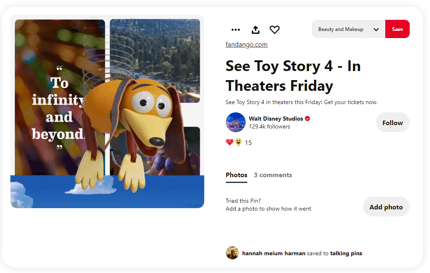
Another trend that some brands are tapping into is creating a vertical video which looks as if there’s two square videos on a feed and these interact with each other – called a talking pin. It’s an easy, and cheaper, way of showcasing multiple products whilst standing out in a user’s feed. Not many brands are utilising this creativity within their Pinterest assets, so we recommend you consider adopting this if Pinterest is a key component within your marketing strategy.
Content here can be more product-lead, and it’s recommended to think about how this would fit in a user’s feed. If they’re searching for furniture, and you’re a furniture brand, try and showcase your items in situ so that a user can be inspired by a home setting.
Is TikTok a good fit for my brand?
TikTok is a relatively new platform to add into the Paid Social marketing mix. Users are coming here to be entertained, with a growing 3.7M active users in the UK. It’s a sound on platform – very different to any of the others, where they abide by “build for sound off, but excite with sound on”.
As with Pinterest, it’s key here to try and engage with users the same way native content does – and that’s to create a native-looking video, especially as only video can run on this platform. The best TikTok ads are the ones that don’t look like ads, and a brand needs to be on top of what’s trending to align with this. It’s about being present, both organically and paid. Tapping into influencer content can be a quick win here as TikTok has its own universe of TikTok creators that will work with brands and may not even be present on other platforms.
Birdseye and YSL have both immersed themselves in TikTok advertising by using existing influencers on the platform. YSL worked with Belgian content creator @liasadzo.off to immerse their 'Black Opium' perfume in an ad based on the popular 'Glow-Up' video trend. Birdseye, on the other hand, used comedy to grab attention by working with @shericebanton to create an ad that sit naturally with her usual style of videos that would unobtrusively feature in the 'discover' part of the app. Two very different products which both seamlessly branched into this new avenue for paid social advertising.
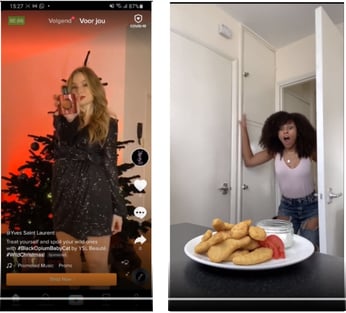
Having the app audience in mind for all social media platforms will allow for better ad quality and better user experience, therefore giving you better results. A lot of paid social results are down to the content that’s being promoted. If you’ve got a solid campaign structure with relevant targeting, then it’s the creative that will hit the nail on the head and drive those end results.
As a final note, it’s important to approach paid social ads with creativity and to constantly strive to review and improve your ads. Now matter how brilliant your ads are, ad fatigue will eventually set in and numb your viewers to your message. Paid Social ads are where you can really engage with users, and you want to make sure you’re engaging with them in the right way.
Need an expert to look over your current social media strategy? Get in touch to talk to our experts about how you can convert likes into leads.
Talk To Us About Accelerating your Digital Performance
Related Articles
More articles you might be interested in:
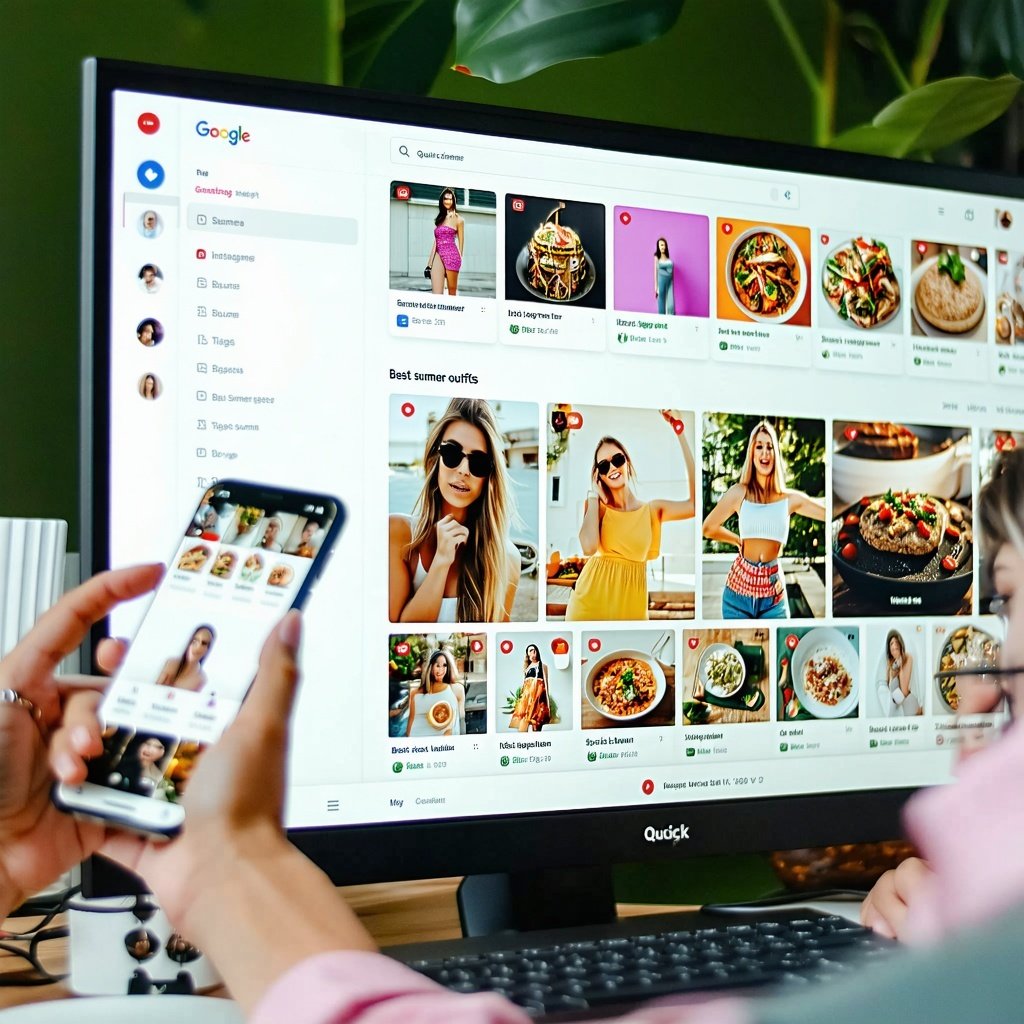
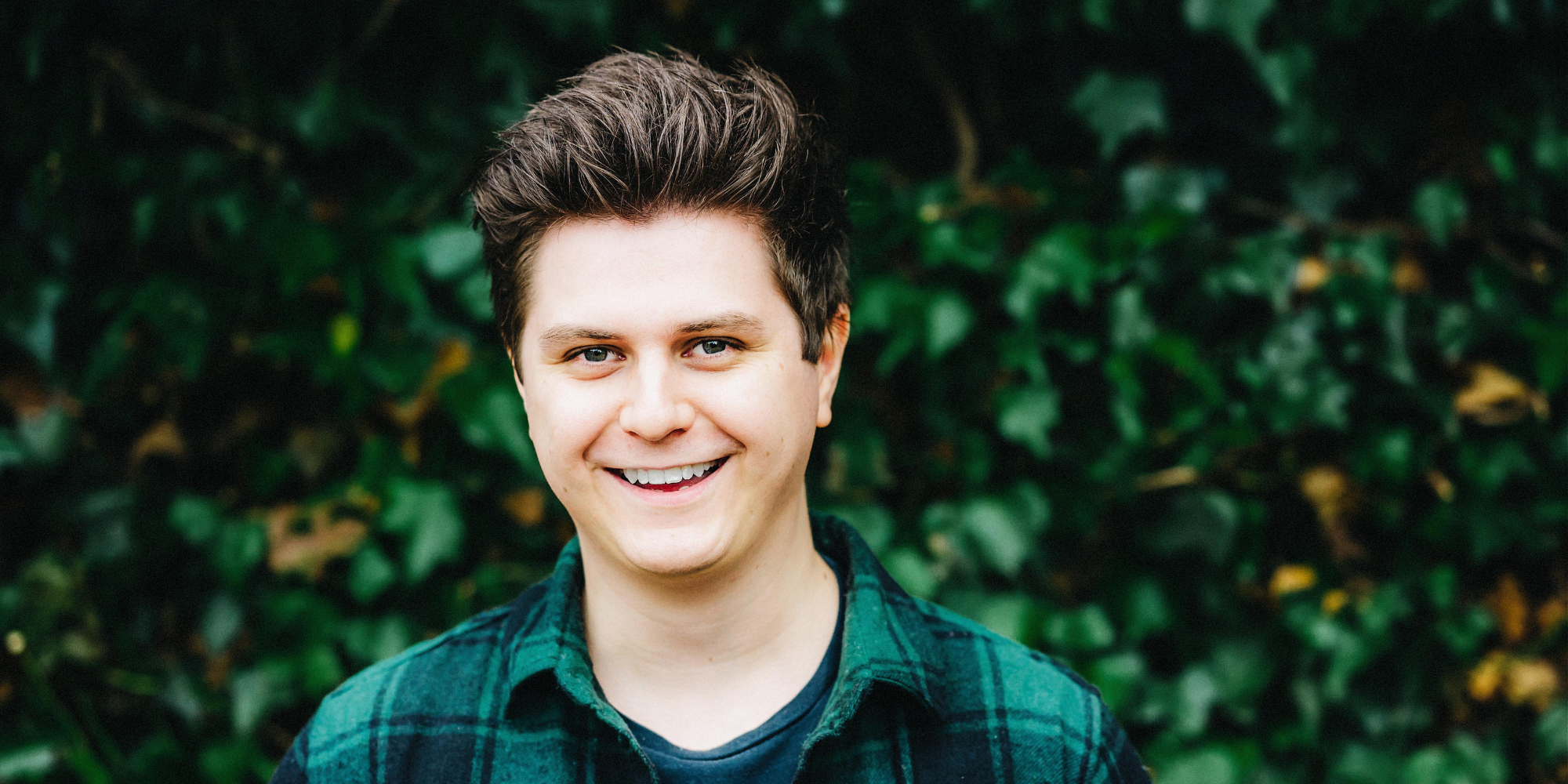
Podcast: Threads and The Changing Social Media Landscape
Join Olivia and Stef as they speak to social media specialist Ed about Threads, Twitter's evolution and the future of being social digitally.
Read more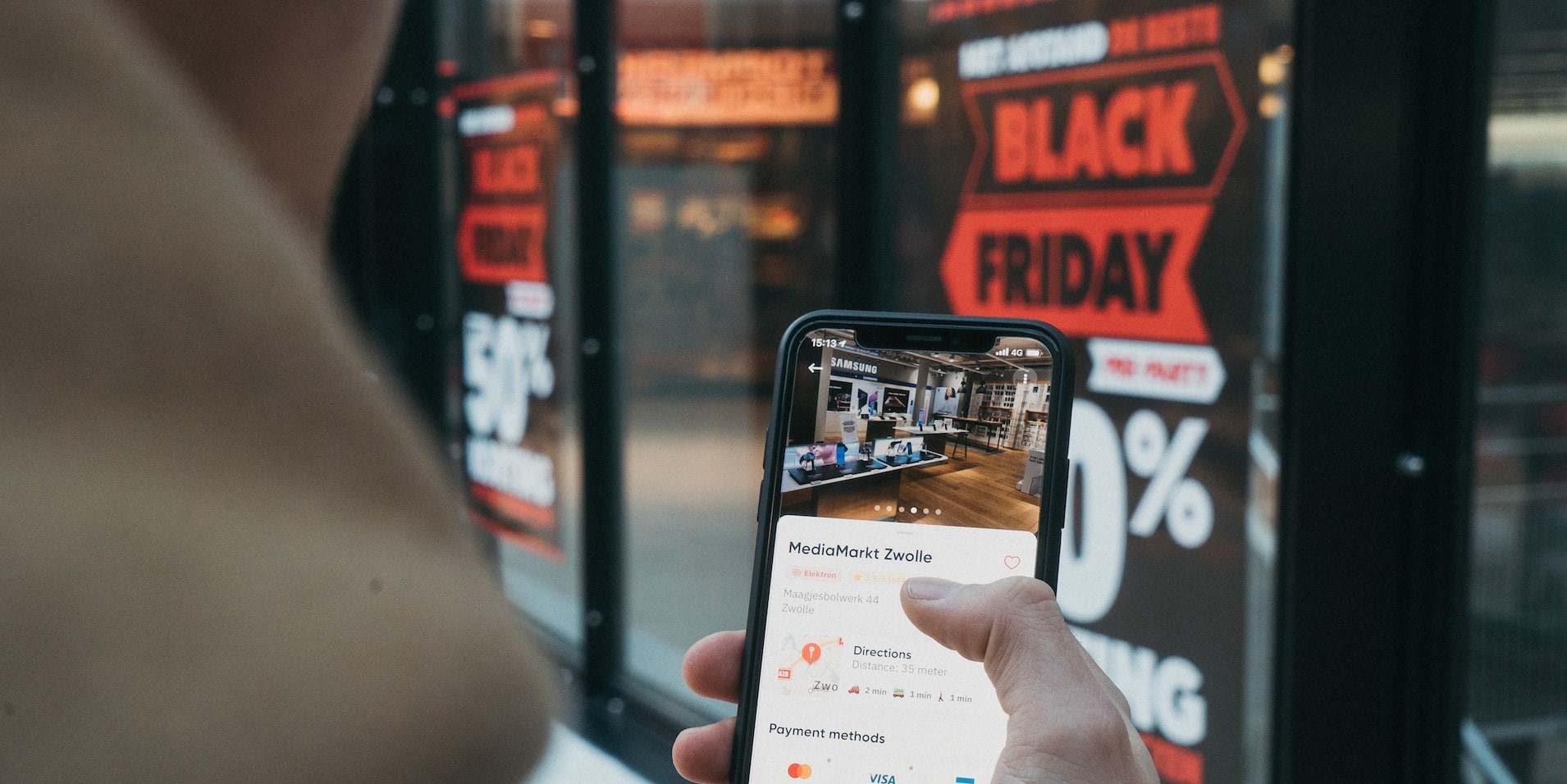
Black Friday Review: How we tackled peak in a cost of living crisis
How did Black Friday 2022 look for our clients? Connor Hyslop reviews how this unprecedented peak period impacted our paid search performance
Read more
Using Dynamic Creative Optimisation
After 25 years in the marketing mix, Display and Programmatic has paved the way for channels such as Paid Search and Paid Social. So, why do you need...
Read more
How Phrase measures up against Broad Match in our tests
Is Phrase the best replacement for Broad Match? Our specialists put them head to head and share what they found with the Paid Search community. Read...
Read more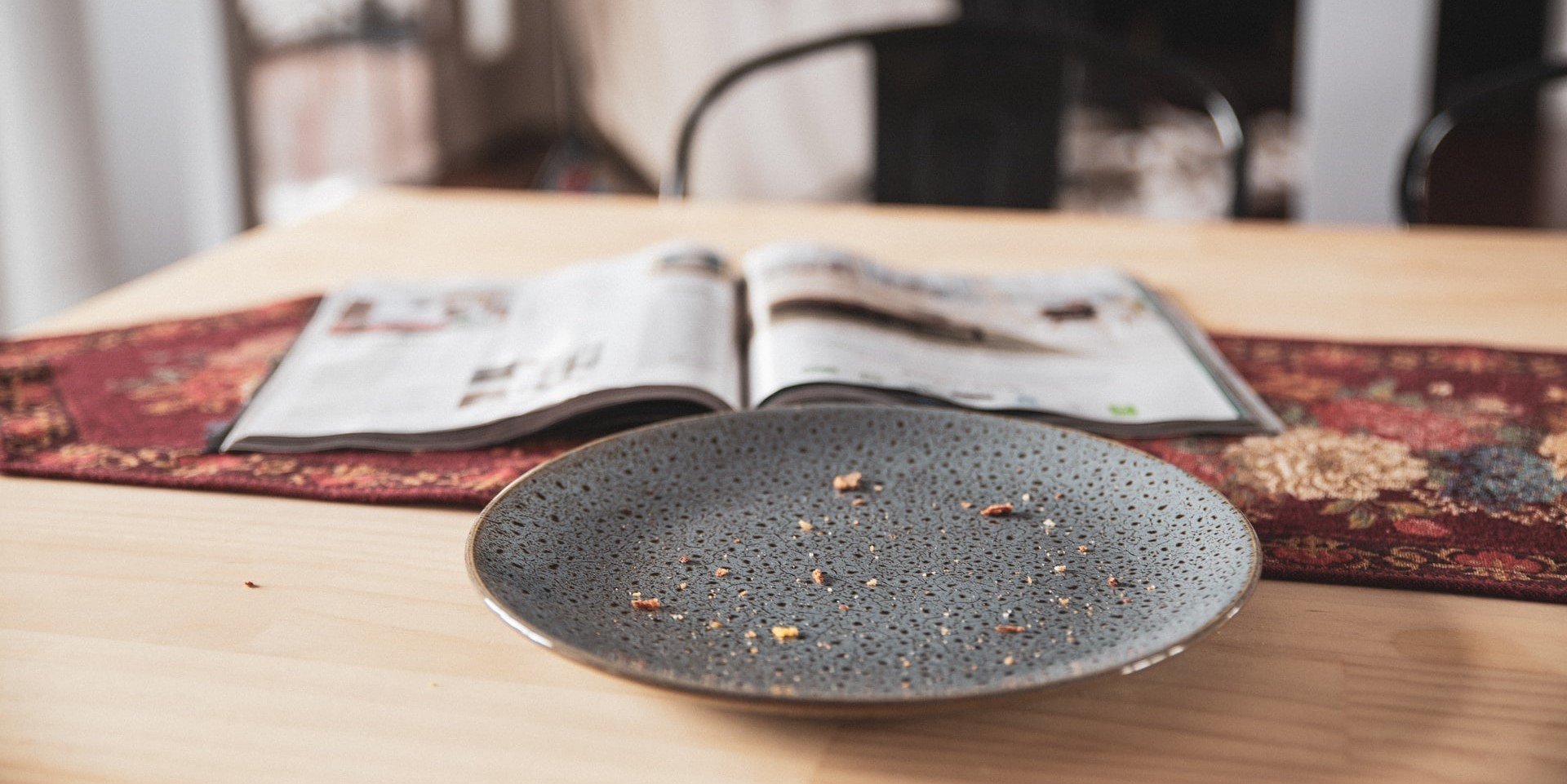
Context-driven advertising is the new normal in a cookieless world
Why must advertisers embrace cookieless marketing options? Macy Edwards shares why this opens the door to better targeting options and higher...
Read more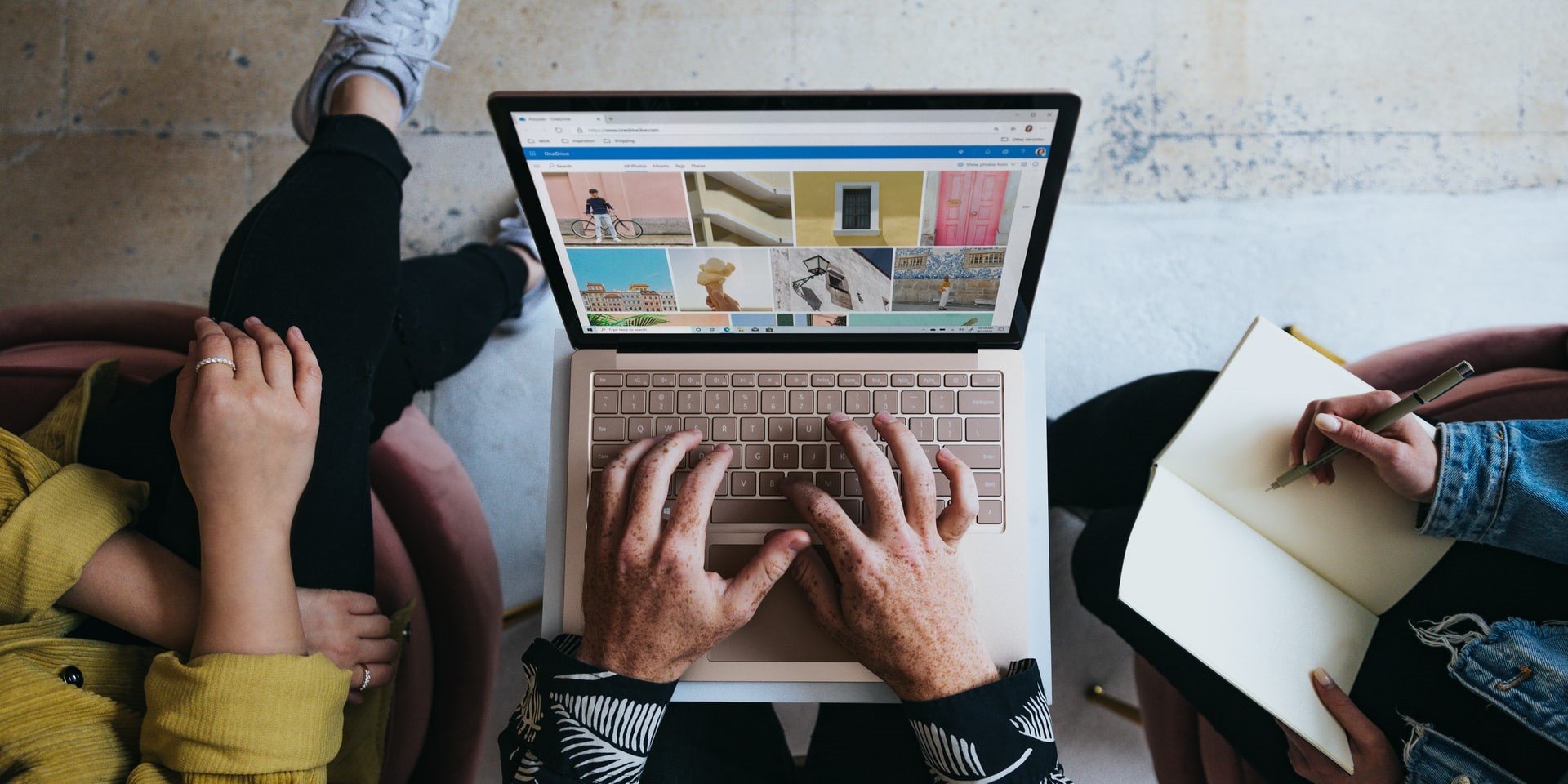
Digital Marketing Updates: GA4, Google Updates and International News
Find out more about the latest updates in digital marketing. Featuring key updates from Google, demystifying meta descriptions, and checking in on...
Read more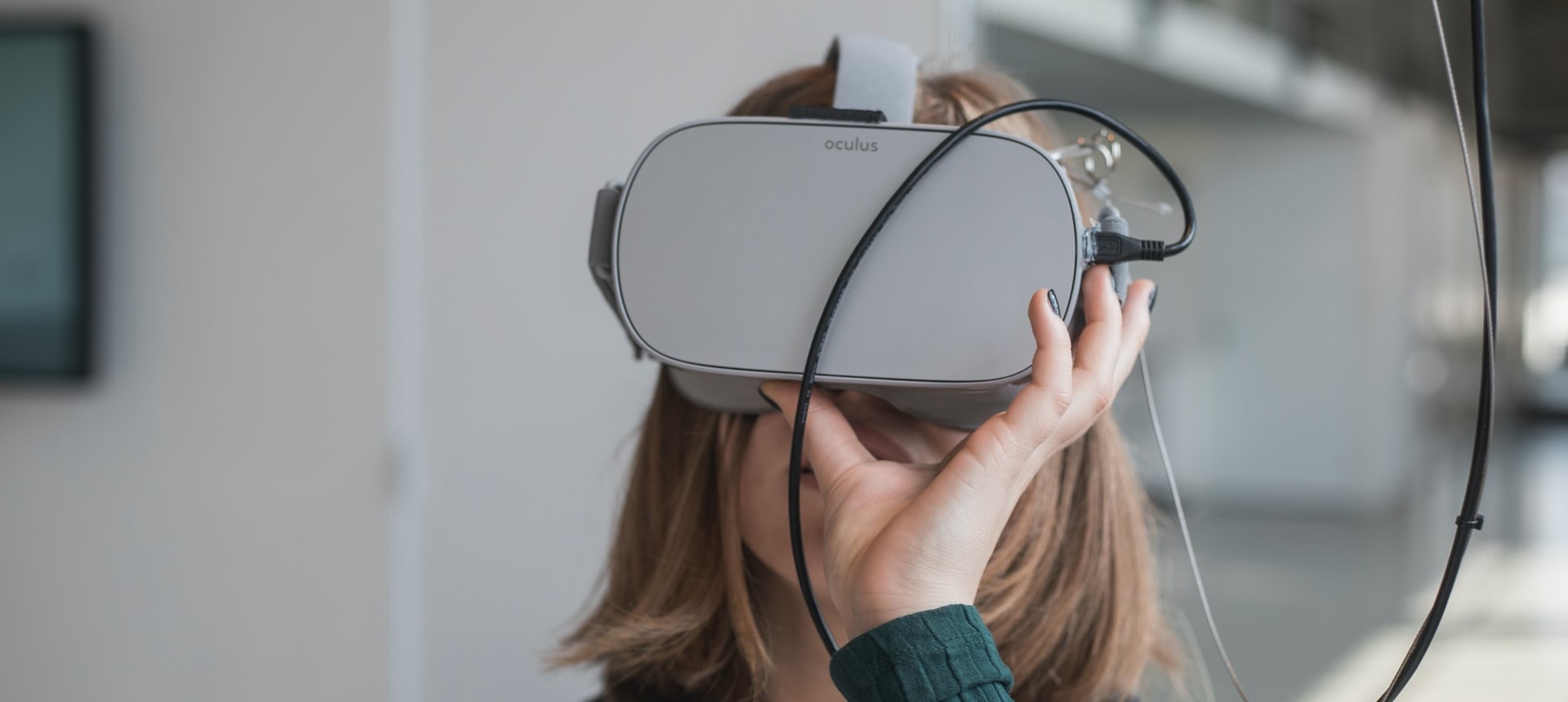
POV: What is the future of virtual reality and paid social?
How will virtual reality change the future of social media? Head of Paid Social, Amy Cox, explores what this new tech means for brands.
Read more







